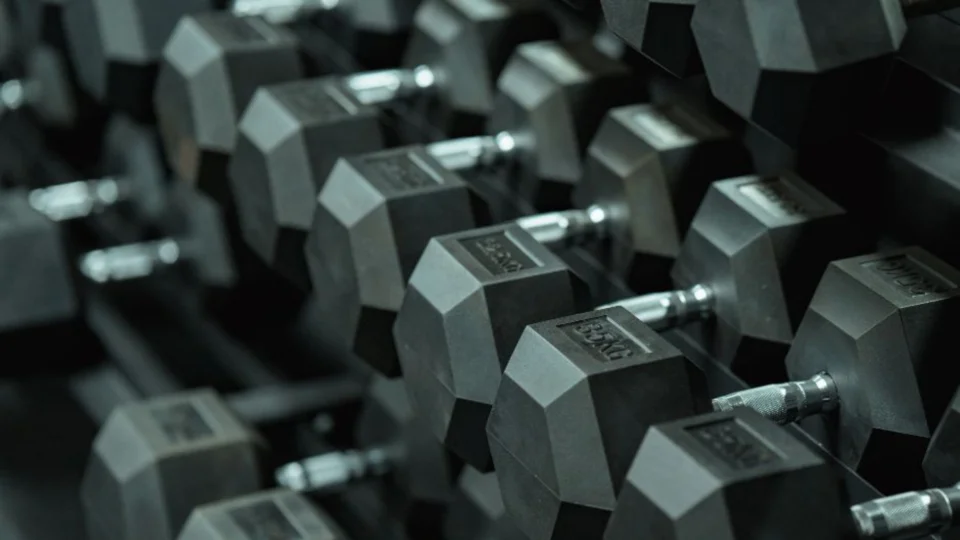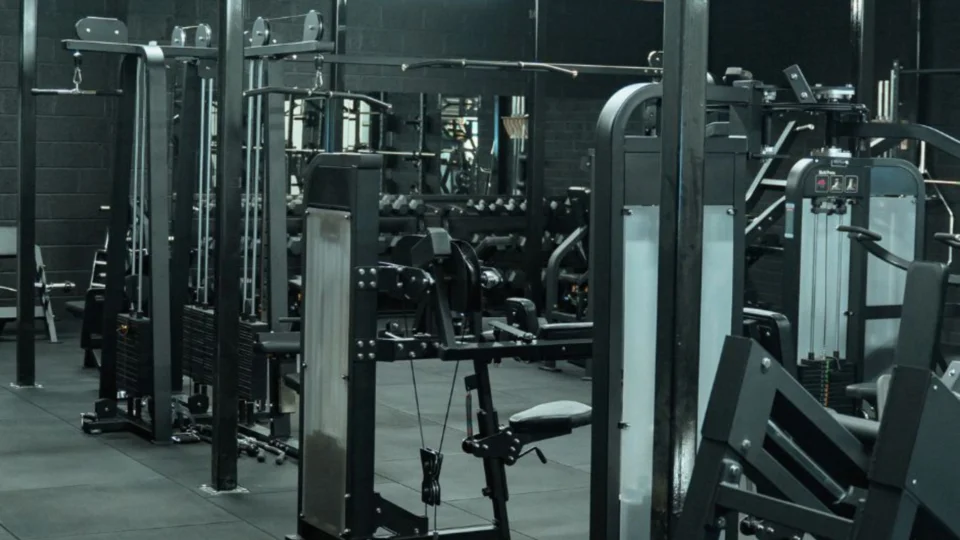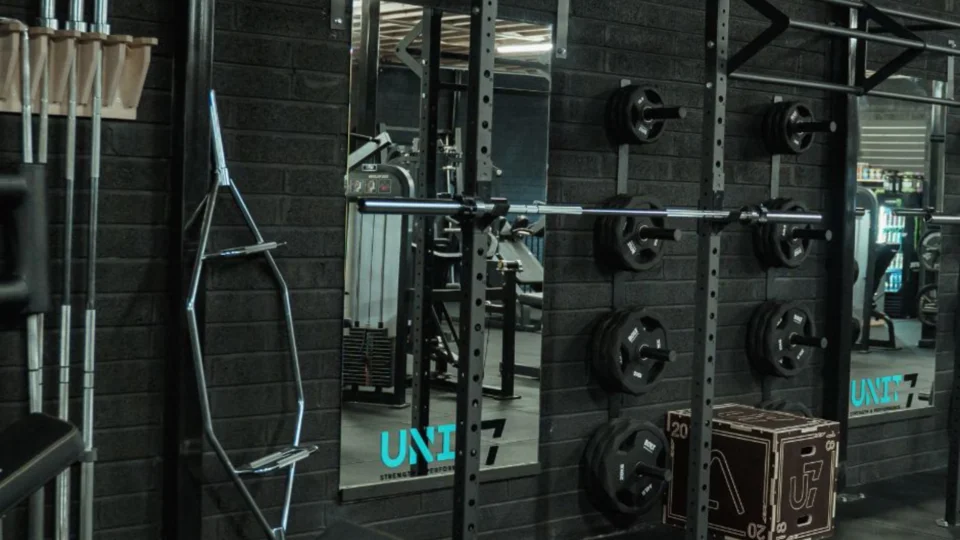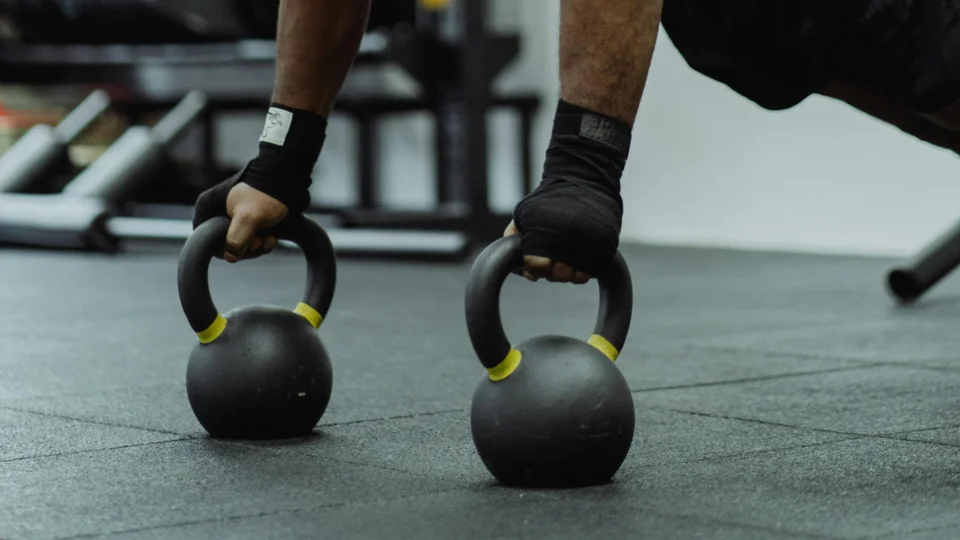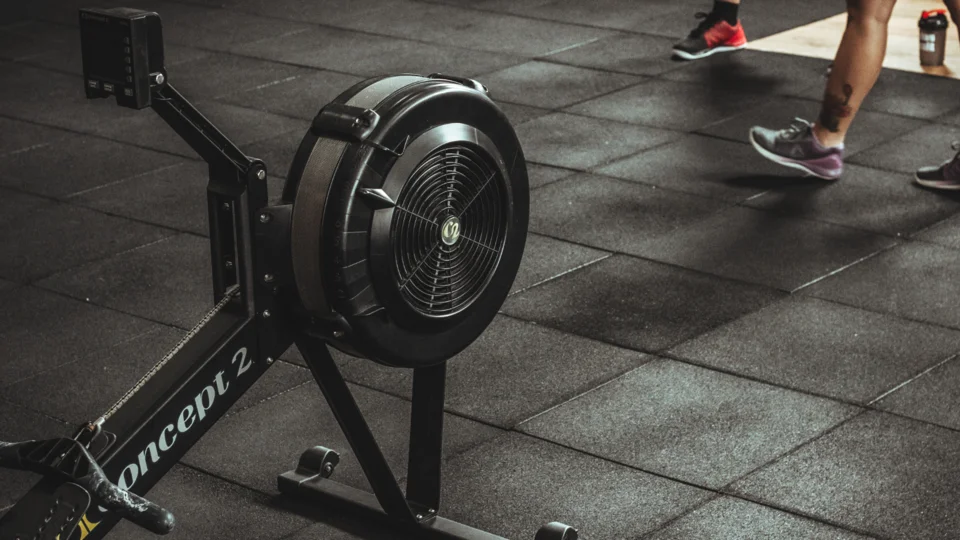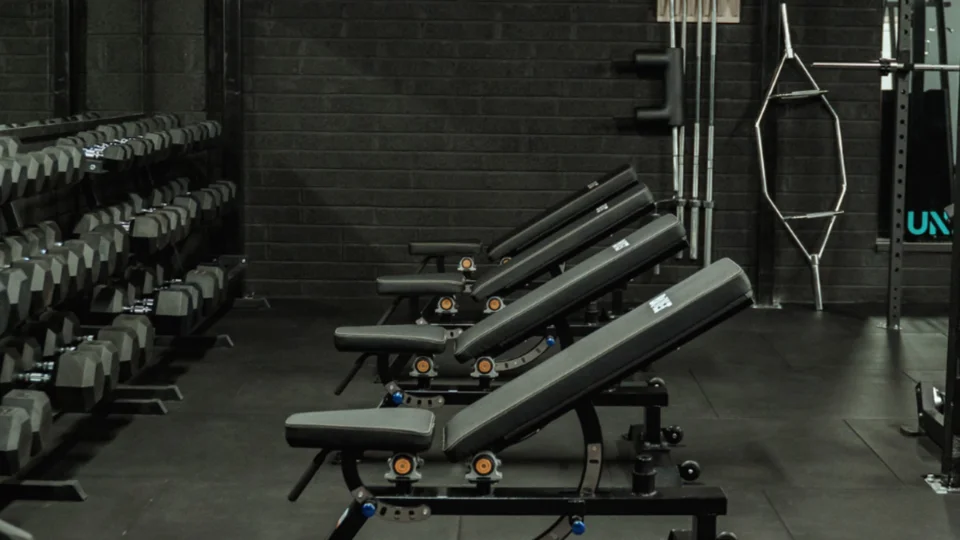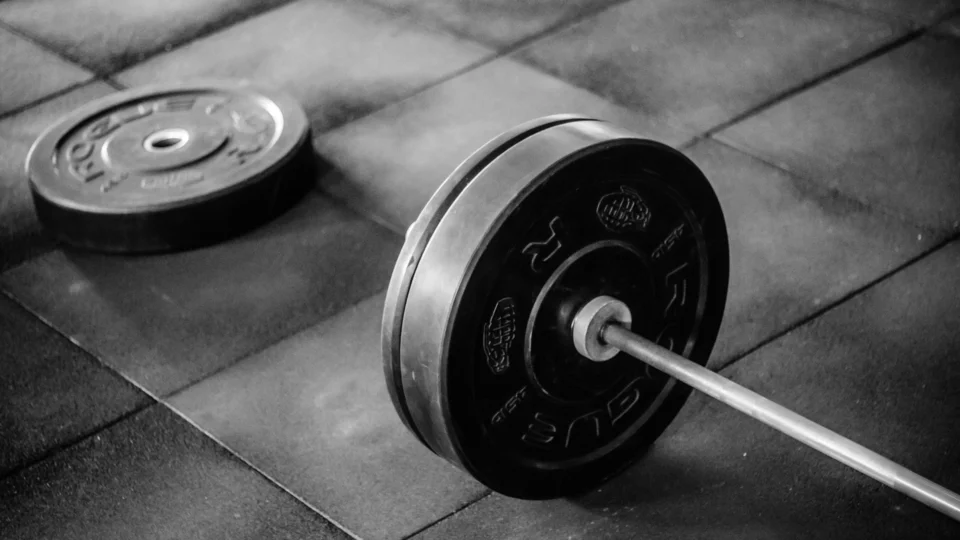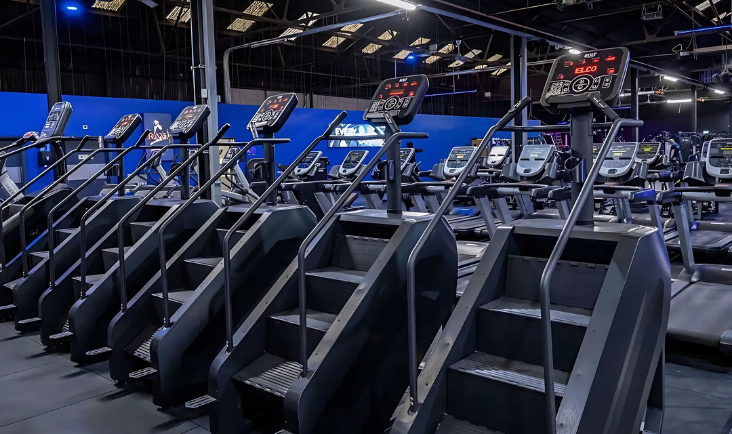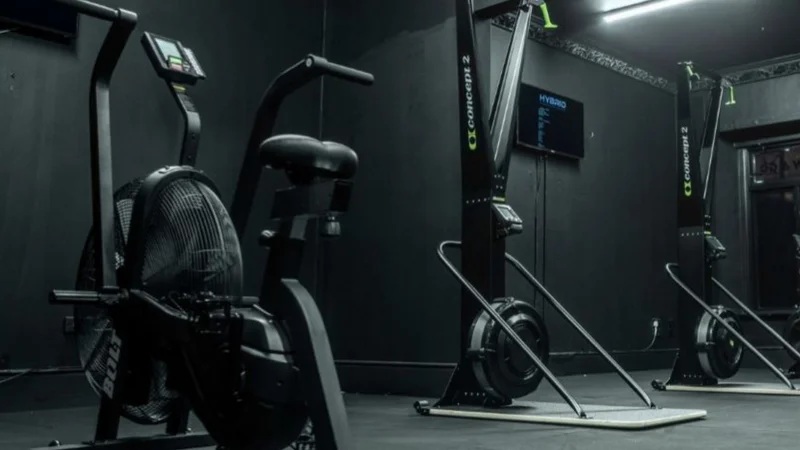February 25, 2022
Strength Training For Teenagers
What’s strength training?
The general definition of strength training is any physical exercise in which you use your body weight or equipment to build muscle mass, strength, and endurance. It includes aerobic (cardio) activities, stretching, and strength training.
Walking, running, and swimming are aerobic activities.
These strengthen the heart and lungs. Stretching improves flexibility.
Strength training builds muscle and strength by using free weights, weight machines, resistance bands, or your own body weight.
Weights that can be used
Free weights
Dumbbells and Kettlebells

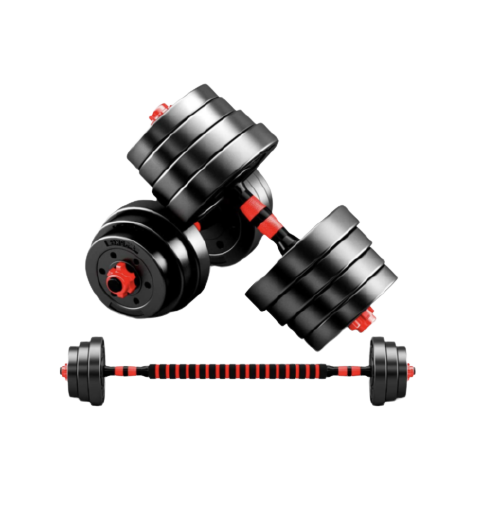
They are portable and relatively inexpensive. With practice, good techniques can be learned.
Weight machines
Weight machines make it easier for you to learn good techniques, but you will probably need to go to a gym or weight room.
You can also use resistance bands and even your own body weight (as in push-ups, sit-ups, planks, and squats) for strength training.
Benefits of strength training?
- improves general fitness
- more lean body mass (meaning more muscle, less fat)
- the bones become stronger
- improves mental health
and - more calories get burnt
Will the muscles get bigger with strength training, for teenagers?
If you haven’t hit puberty yet, strength training will help you get stronger, but your muscles won’t get bigger. After puberty, the male hormone testosterone helps build muscle in response to strength training. Because boys have more testosterone than girls, they get bigger muscles.
If you haven’t reached puberty yet, strength training will only help you get stronger. The muscles will not get bigger!
When you have passed puberty, the male hormone testosterone helps build muscle in response to strength training. Boys have more testosterone than girls, which is why boys’ muscles get bigger.
Is strength training safe for teenagers?
Strength training with muscle-strengthening activities, such as lifting weights, can be beneficial for teenagers. As described above in the text, lifting weights is not the only way to increase strength. Therefore, it is important to vary between different activities. This can also reduce the risk of getting unwanted side effects, such as stretch marks.
Also, muscle building should not be the only activity to stay in shape.
All in all, strength training for teens is pretty safe. The injury rate is relatively low.
In the past, there were concerns that muscle training could have a negative impact on adolescent growth, but recent studies have found that growth is not affected by strength training.
At what age can teenagers lift weights?
Children as young as 7 or 8 can safely do strength training. The only requirements are good balance and body control—they should also be able to follow instructions and perform the exercises in good form.
Exercises for teenagers
Here are a few exercises you can do for strength training as a teenager:
For the back:
- Seated cable rows
- Pull-ups
- Chin-ups
For the chest:
- Bench press
- Push-ups
- incline bench press
For the Traps:
- Barbell shrugs
- dumbbell shrugs
- upright rows
For the shoulders:
- Military press
- seated barbell press
- seated dumbbell press
For the triceps:
- Dips
- cable tricep extensions
- skull crushers
For the biceps:
- Barbell curls
- dumbbell curls
- hammer curls
For the quads:
- Squats
- leg press
- lunges
For the hamstrings:
- Stiff leg deadlift
- good mornings
- leg curls
Tips for teenagers
- To maintain an injury-free routine, it is best to do a 10- to 15-minute warm-up with light aerobic exercise before strength training. Stretching exercises can be performed after the workout, stretching each muscle group for at least 20 seconds.
- An elliptical machine is also a good machine to warm up the arms and legs.
- Using a foam roller before exercise is another good way to warm up. It can promote blood flow to the muscles and improves flexibility.
- Teenagers should start slowly with lighter weights and then slowly move up to heavier weights. They must be able to maintain good form and control throughout all repetitions.
- You should be able to complete three sets of 10 to 15 repetitions. This will ensure that you are using a weight that you can handle. If you can only do three or five repetitions, it means the weight is too heavy.
- Try keeping a log to track their progress and stay motivated.
- Drink plenty of fluids during exercise.
- If you feel pain or something cracks, stop exercising immediately!
- Any sign of illness or injury should be thoroughly investigated before resuming your exercise program.
A better overall strategy to ensure success includes a nutritious diet high in protein, fruits, and vegetables, adequate hydration, dedication to the training program, maintaining good form during training, adequate rest, and slow and steady progress.
Conclusion
If you’re a teenager and thinking about taking up strength training – do it! Follow the guide to get the best out of yourself and not get hurt.
If you’re unsure about which equipment to start with – come and see us in the showroom. Our trained staff will be happy to help you.
Where you can find us:
Kylemore Park W, Kylemore, Dublin, D10 WC62
